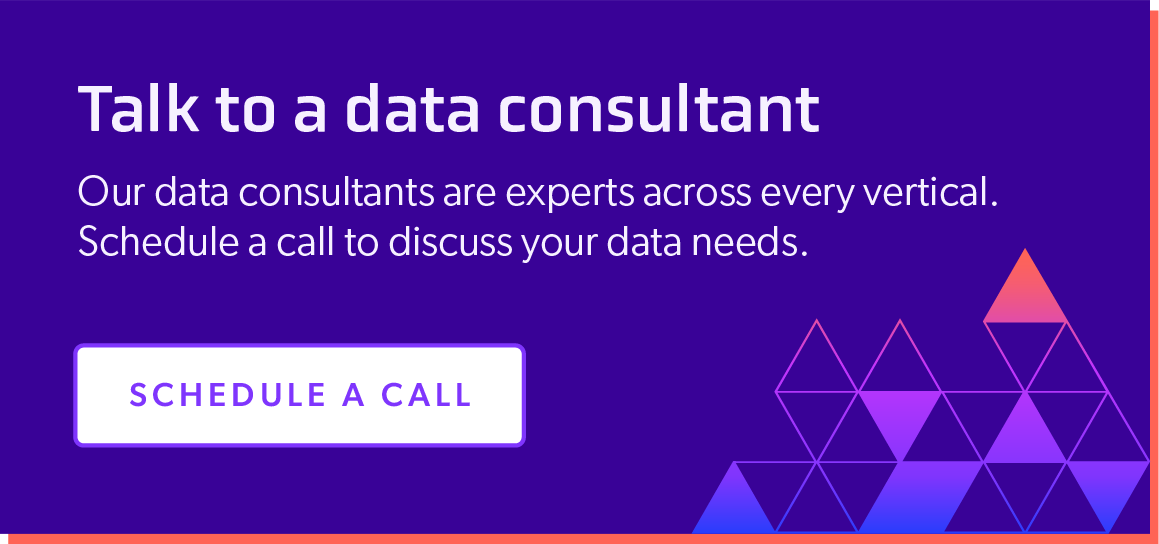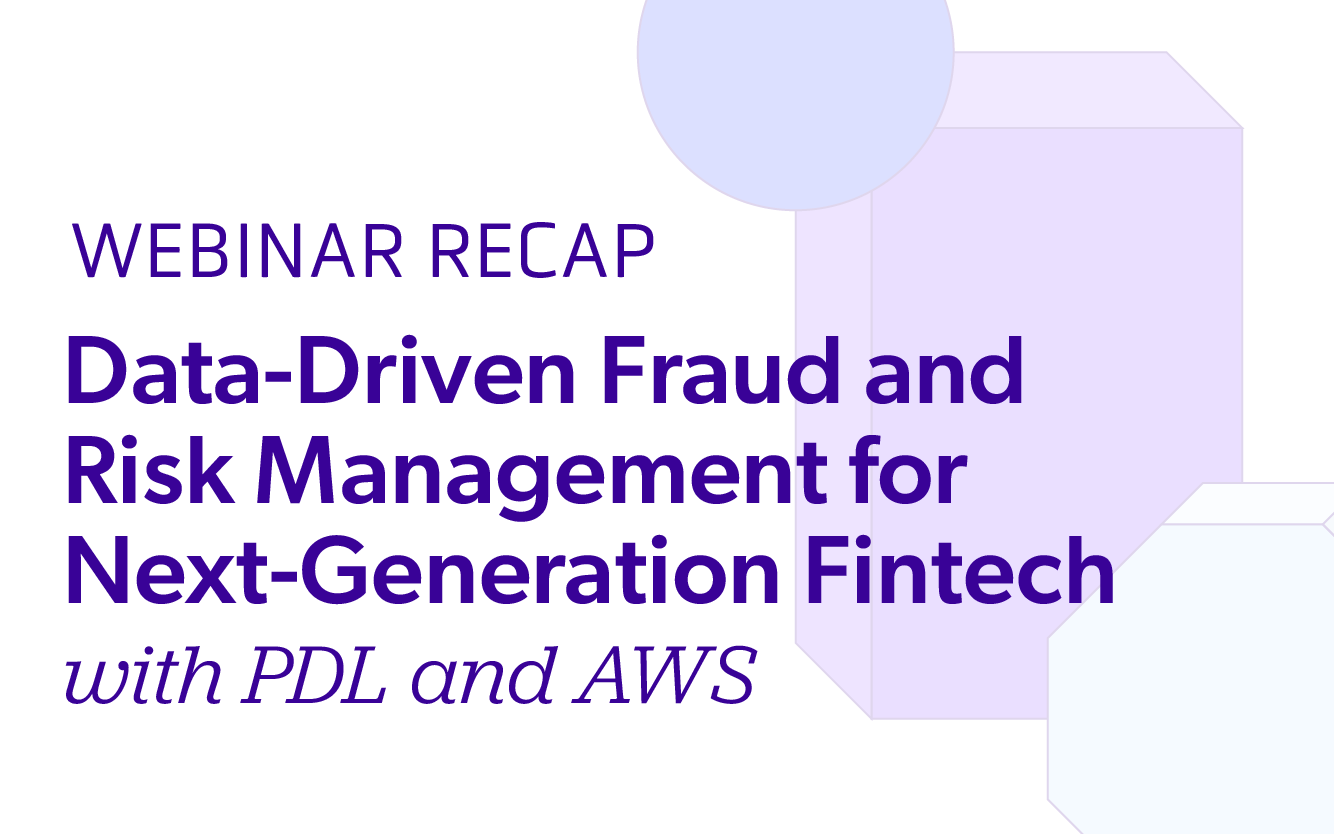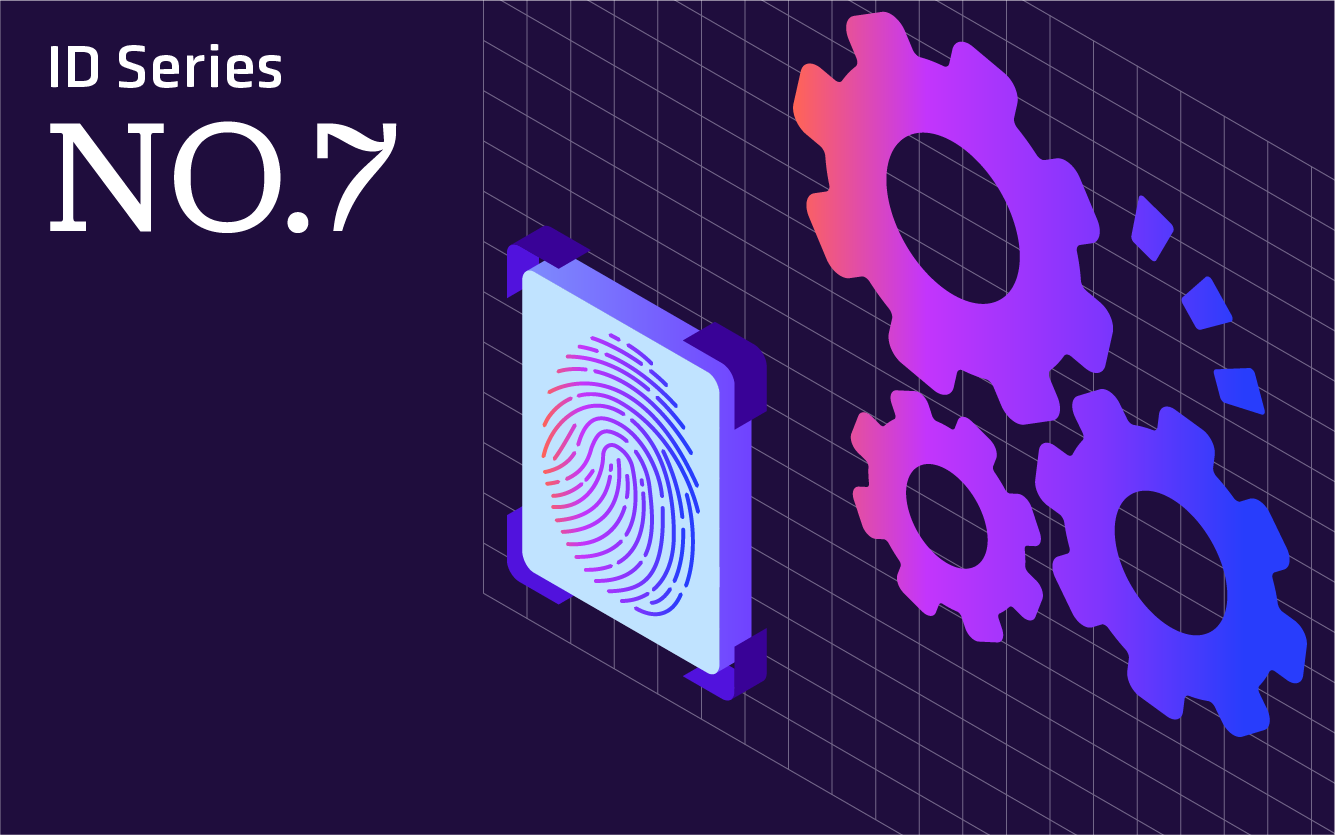
What is First-Party Fraud?
January 26, 2022
Every day, more people access a wider range of critical services through digital tools. From healthcare to finance, some of our most essential activities are moving online. This shift will create huge opportunities for consumers and engineers that build this next generation of tools, services, and businesses. However, one central challenge remains. Identity is more important than ever. As we transition more and more of our offline activities to 21st-century digital platforms, 20th-century ideas about establishing credible identities will need to change. Our 11-part Identity Series will examine some of the biggest identity challenges facing engineers today, and offer new solutions for how to overcome them.
This article is part 1 of our ongoing identity series.
What is First-Party Fraud?
In the simplest possible terms, first-party fraud is just lying. When we think of financial fraud, it often conjures images of complexity, such as criminals trafficking in stolen identities and credit card numbers to exploit unwitting victims. There’s no doubt that stolen and synthetic identities present an enormous challenge to businesses, but the simplest form of fraud is sometimes harder to detect.
First-party fraud is committed by individuals who lie about themselves to receive a benefit or good that they wouldn’t otherwise be entitled to. This could include rewards programs, status-based memberships, and most any product or preferred status marketed to people with specific characteristics. In this sense, it’s the oldest form of fraud. Fraud classic, if you will. When an applicant misrepresents a key detail like their income, work history, job title, company they work for, place of residence, or even license status in order to receive preferential treatment from a business or some other benefit, they have committed first-party fraud. First-party fraud doesn’t involve a huge amount of technical or criminal complexity, but it does present a serious headache for businesses.
What is the impact of first-party fraud?
First-party fraud typically results in a charge-off situation and may not get counted as fraud, so its financial impact is difficult to put an exact price tag on for businesses annually. However, given how easy it is to execute, and how difficult it is for many vendors to detect, the impact of first-party fraud is estimated to be in the tens of billions each year, according to a study conducted by Experian.
While first-party fraud can impact any vendors who offer any kind of benefit or preference based on an individual’s history, earning potential, or current financial status, it presents a particular difficulty for a fast-growing class of fintech vendors: buy-now-pay-later (BNPL) options. The popularity of services like Affirm, Klarna, and Afterpay is booming, with 7% of all U.S. shoppers saying they planned to use a BNPL solution during the 2021 holiday season. But the surging popularity of these apps hides a hidden risk for businesses that provide online layaway services. Consumers can easily misrepresent themselves, most critically by omitting expenses incurred on other layaway services, leaving consumers overcommitted and vendors at risk of charge off when the bills come due.
How do we fight it?
Traditionally, vendors have fought back against first-party fraud using the data that was readily available. Access to payment data from services like Square can paint a partial picture of an individual’s spending habits and capacity to repay. However, payment data alone doesn’t reveal an applicant’s real earning capacity, nor does it reflect any of their existing credit obligations. To fill the gaps, some vendors have embraced checks on applicants’ credit history. The major credit bureaus can help to complete the puzzle of an applicant’s debt obligations as well as their past facility with managing debt. However, using such traditional tools has a cost. Credit bureau hits are costly at scale, and relying on these tools limits the ability of innovative new financial tools to market themselves as nimble and unconstrained by the traditional financial system. Many BNPL customers also are attracted to BNPL precisely because they believe it to be outside the usual consumer credit system.
What most vendors need, in addition to just what applicant's transactional and credit history, is a clearer understanding of who the applicant is in the world today. Understanding the individual not just as a maker of transactions or past holder of the debt, but as a professional and earner can provide the layer of context fintech vendors need to validate their identity and plan offerings. Because professional data drawn from resumes and other professional sources doesn't suffer from the systemic criminal use to steal from creditors, it doesn’t carry the risks and inaccuracies often associated with credit file data. Authenticating individuals based on details like their employment history, job title, and professional status, and understanding market segments through a lens transactional details can’t provide can give vendors the confidence and clarity to design products and market programs available with confidence.
To read part 2, click here.
To learn more, visit our fraud solutions page, or Book a demo
Like what you read? Scroll down and subscribe to our newsletter to receive monthly updates with our latest content.





